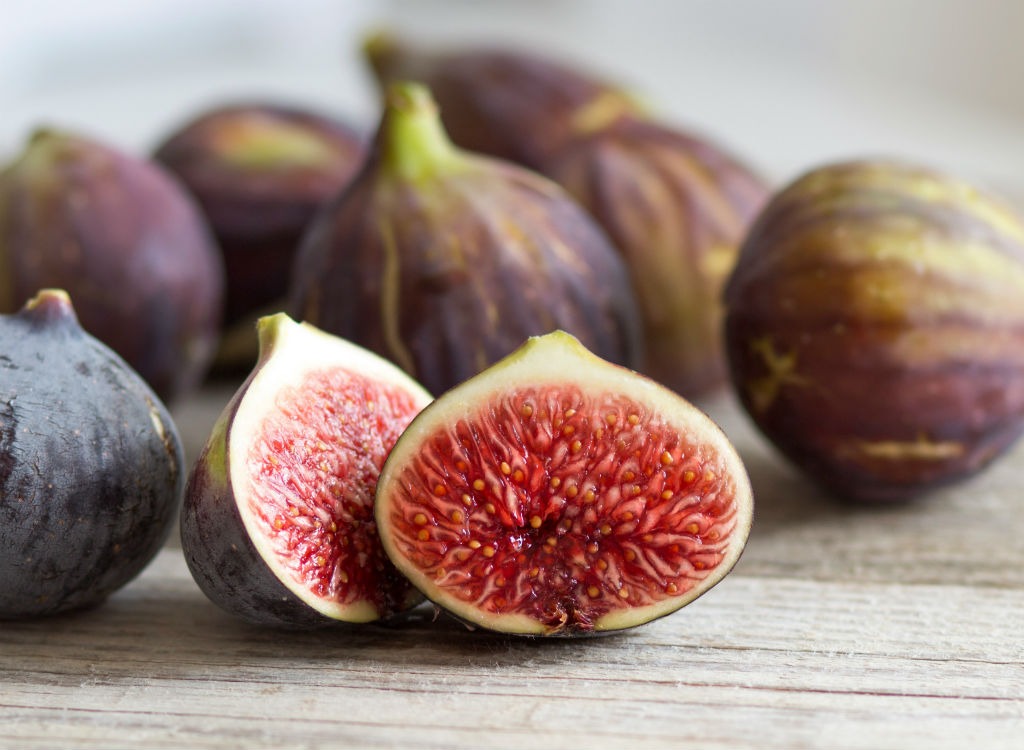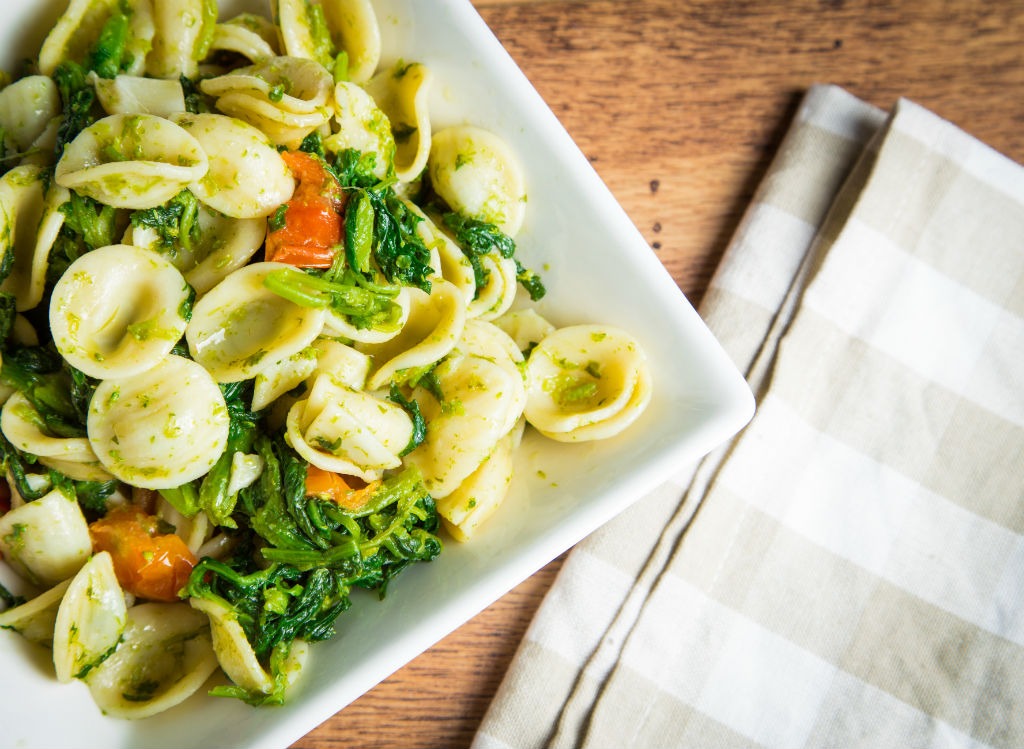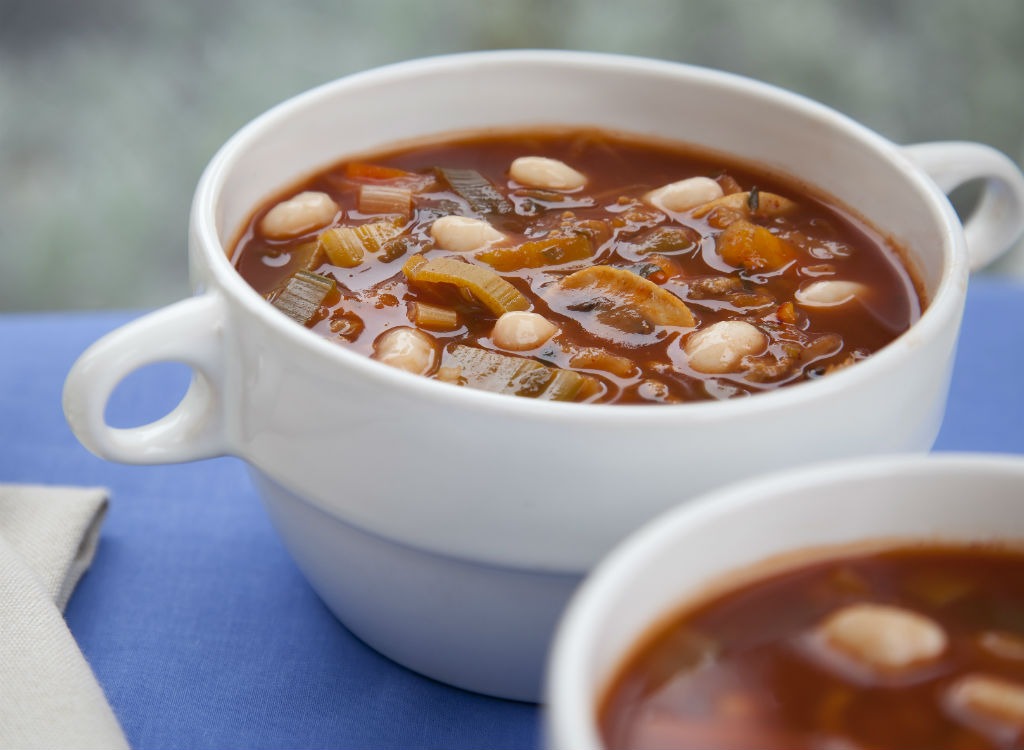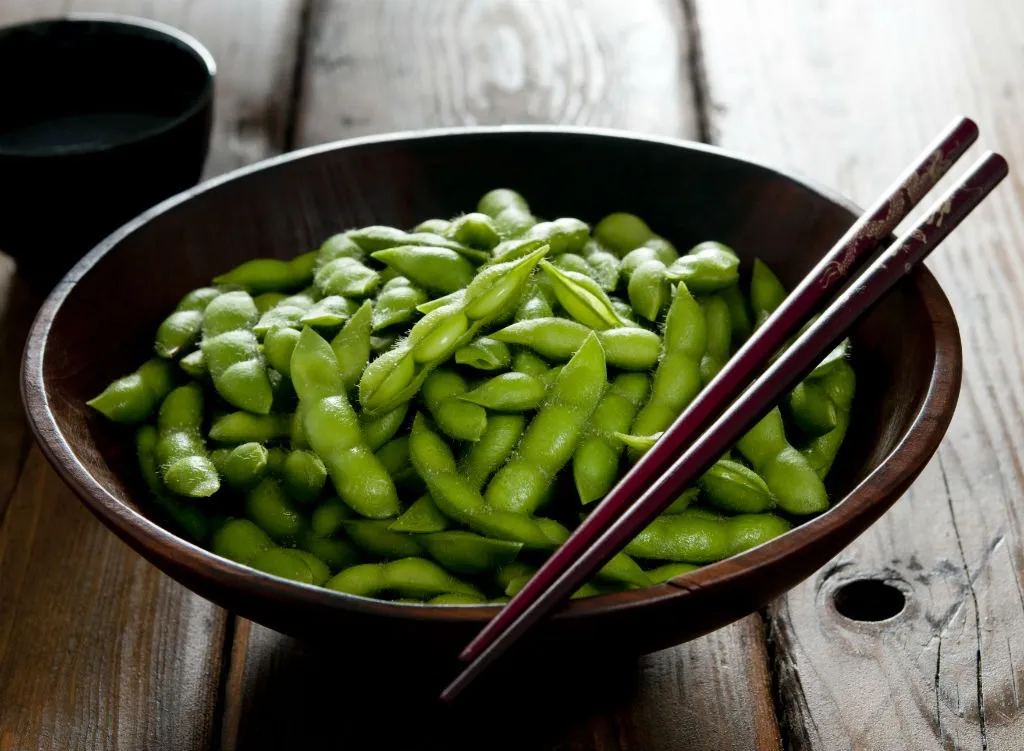10 Ways to Get Your Calcium Outside the Dairy Aisle

It’s not exactly a newsflash that calcium plays a leading role in bone health and the prevention of both osteoporosis and cancer, but what you may not know is that there are a number of ways to get this nutrient without downing any dairy or choking on a supplement. In fact, several studies have linked calcium supplements to an increased risk of heart attack and death from cardiovascular disease, so it’s better to err on the side of caution and consume the mineral naturally through food. Below you’ll find 10 of the best non-dairy sources of the mineral, ranked in order from the least nutrient-dense to the most potent. Head to the grocery store and stock up on these items to keep your bones and bod healthy and strong.
Sunflower Seeds

Calcium content: 1 oz, 20 mg, 2% DV
Top salads with these seeds for some added crunch, or munch on a one-ounce serving as a snack. In addition to their calcium content, these tiny seeds are also a good source of antioxidant-rich vitamin E and copper—a nutrient that supports white blood cell health.
Figs

Calcium content: 3 medium, 52 mg, 5% DV
While figs may be best known for their inclusion in the famous Fig Newton cookies, you’ll have to eat the whole fruit to reap its bone-building benefits. Chop up fresh or dried figs and add them to oatmeal, salads or Greek yogurt with some honey, cinnamon and slivered almonds. Alternatively, you can eat them whole as a quick, on-the-go snack. Three of them will cost you 110 calories.
Broccoli or Broccoli Rabe

Calcium content: 1 cup cooked, 62 mg, 6% DV
It seems mom was onto something when she told you how important it was to eat your broccoli. This cruciferous vegetable is rich in calcium and a host of other good-for-you nutrients—as is its slightly bitter-tasting cousin, broccoli rabe. A cup of the steamed variety has a whopping 301 milligrams of bone-protecting calcium and is a good source of immune-boosting vitamin C, too. Add both veggies to your diet to stay strong and healthy.
Sweet Potatoes

Calcium content: 1 large, 68 mg, 7% DV
This humble root vegetable is a good source of calcium, potassium, and vitamins A and C. That’s a serious line up for such a simple spud. Instead of baking one in the oven, why not tap into your culinary creativity and use the spuds to make some homemade fries? (Who doesn’t love fries?!) After slicing the potato lengthwise into strips, top with coconut oil, salt, pepper and garlic powder, and pop them into the oven on 350 degrees F until they’re crispy.
Oranges

Calcium content: 1 large, 74 mg, 7% DV
While this citrus fruit is best known for its rich vitamin C content, one large orange also provides 74 milligrams of calcium. Enjoy the fruit solo as a snack, or pair some slices with spinach, slivered almonds, grilled chicken, shallots and a ginger dressing to create an Asian-style salad.
Kelp

Calcium content: 1 cup, 134 mg, 13% DV
Kelp, a variety of sea vegetable, is commonly found in Asian dishes. A cup of the greens serves up 134 milligrams of calcium, in addition to a hefty dose of fiber and iodine—a mineral that helps maintain thyroid health. If you like making homemade smoothies and juice, substitute kelp for kale to reap the benefits. Big fan of miso soup? Throw some kelp into the broth to up its nutritional value.
White Beans

Calcium content: 1 cup, 161 mg, 16% DV
White beans serve up not only a healthy dose of belly-filling fiber, muscle-building protein and bloat-busting potassium, but also a significant dose of calcium. Need another reason to add some to your plate? The musical fruit is rich in something called resistant starch, a nutrient that increases metabolism and helps promote fat oxidation and prevents long-term fat accumulation.
Sautéed Greens

Calcium content: 1 cup, cooked 94 mg-197 mg, 9.4 – 19.7% DV
You likely already know that adding more greens to your plate is a low-cal, healthy move, but did you know that kale, turnip and mustard greens can also help keep your bones strong? It’s true! To get the most of the mineral from these vegetables, you’ll want to consume them cooked—not raw. So take out your steamer or sauté up a batch with some seasoning for a quick, strengthening side dish.
Edamame and Tofu

Calcium content: 1 cup, 98-334 mg, 10-33% DV
Anyone who has ever gone out for sushi has likely munched on the boiled soybean appetizer edamame. This dish is a good source of calcium, fiber and muscle-building protein. Big fan of edamame’s cousin, tofu? Although calcium content varies by brand, some varieties serve up to 33 percent of the day’s calcium in a single one-cup serving. Be sure to compare nutrition labels to ensure your go-to brand is a good pick for your bones.
Sardines

Calcium content: 3 ounces, canned in oil with bones, 325 mg, 33% DV
Sardines are one of the best sources of dairy-free calcium out there–if you can stomach them. Look for varieties canned with the bones, which are soft and completely edible. Sorry, that’s a non-negotiable. The bones are where all the calcium comes from! So while it may seem hard to swallow, this is the variety you’ve got to consume if you want to reap the benefits. Toss the fish into a bed of leafy greens with tomato, cucumber, olives, feta and red wine vinegar. The combo makes for a tasty, Mediterranean-inspired dish. For a quick snack, top whole-grain crackers with two or three sardines and a squeeze of fresh lemon for added flavor.








